|
Standing postures are rare in Hatha yoga. Most asanas are seated, lying down or upside down. (Of course, by Hatha yoga I am referring to pre-modern practices and texts. This was before practices of health and exercise made their way into yoga in the 19-20th centuries.) One of the few exceptions is Vrikshasana, the Tree Posture, which appeared relatively late, probably the 18th century in the Gheranda Samhita. Earlier texts including the Hathapradipika don't contain any standing postures.
1 Comment
Karen S.
12/21/2022 11:03:22 pm
It seems that what is currently taught in the Ghosh lineage as Tadasana, is an incomplete pose with the wrong name. It looks like a simple mistake that has become cannon over the years, because nobody wants to admit that their guru made mistake.
Reply
Leave a Reply. |
AUTHORSScott & Ida are Yoga Acharyas (Masters of Yoga). They are scholars as well as practitioners of yogic postures, breath control and meditation. They are the head teachers of Ghosh Yoga.
POPULAR- The 113 Postures of Ghosh Yoga
- Make the Hamstrings Strong, Not Long - Understanding Chair Posture - Lock the Knee History - It Doesn't Matter If Your Head Is On Your Knee - Bow Pose (Dhanurasana) - 5 Reasons To Backbend - Origins of Standing Bow - The Traditional Yoga In Bikram's Class - What About the Women?! - Through Bishnu's Eyes - Why Teaching Is Not a Personal Practice Categories
All
Archives
May 2024
|

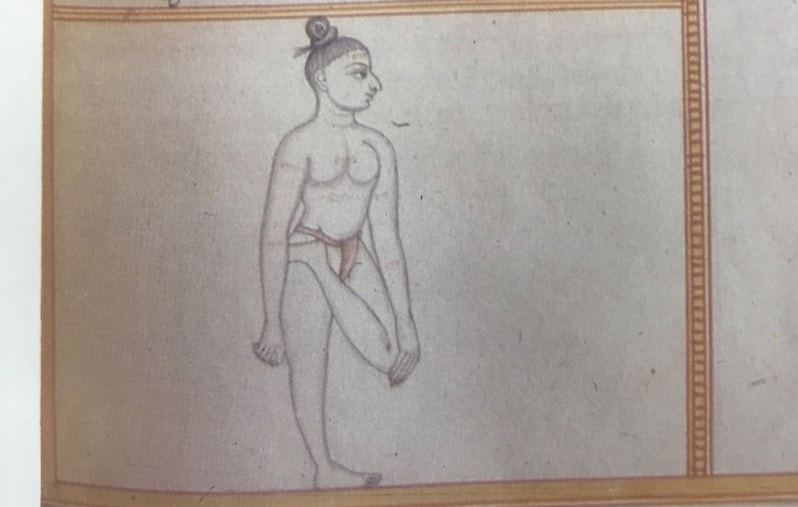

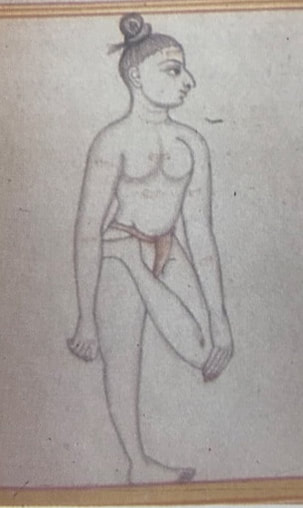
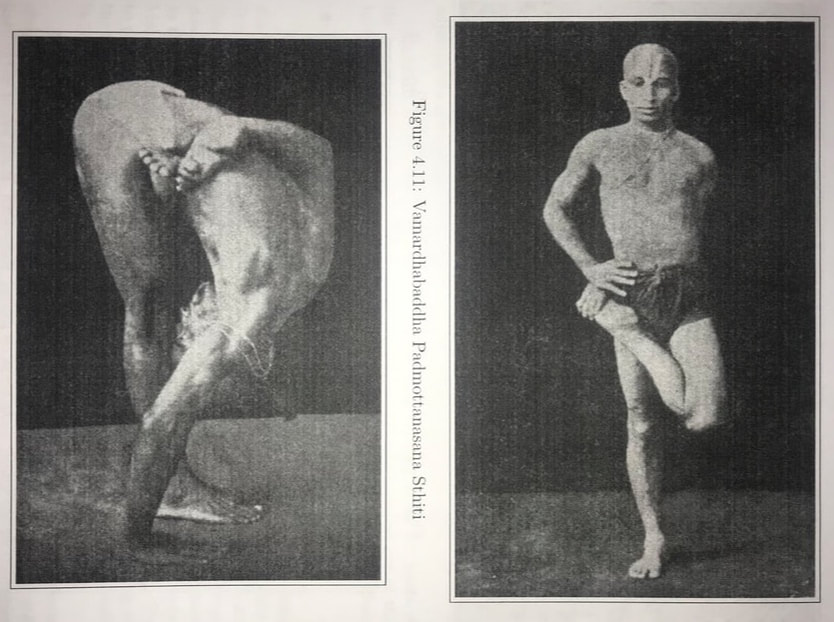
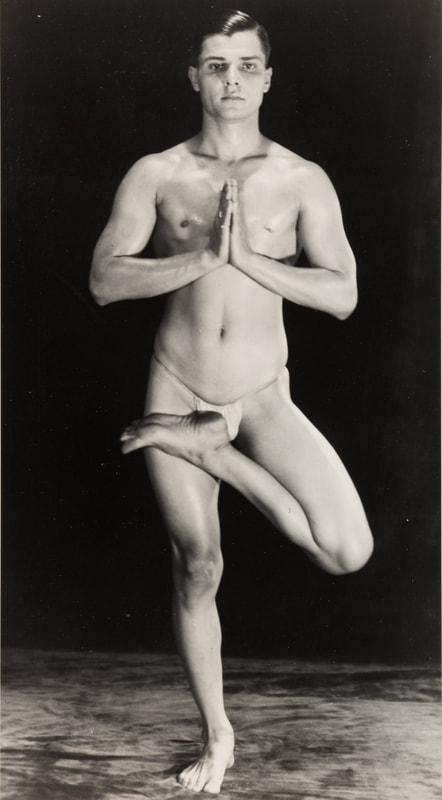
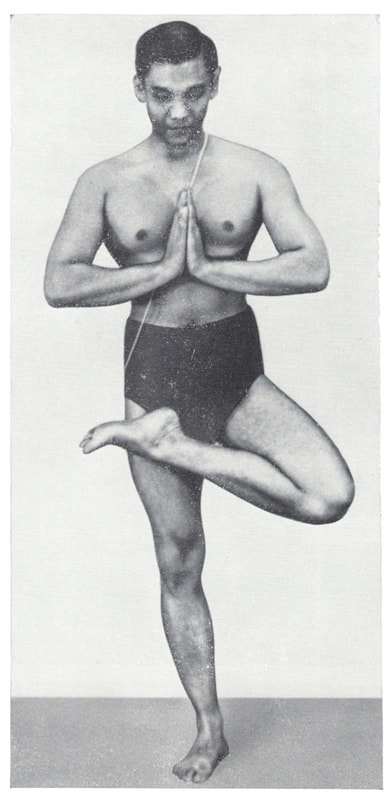
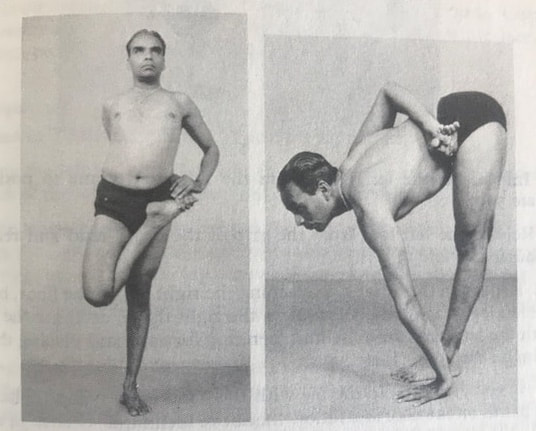
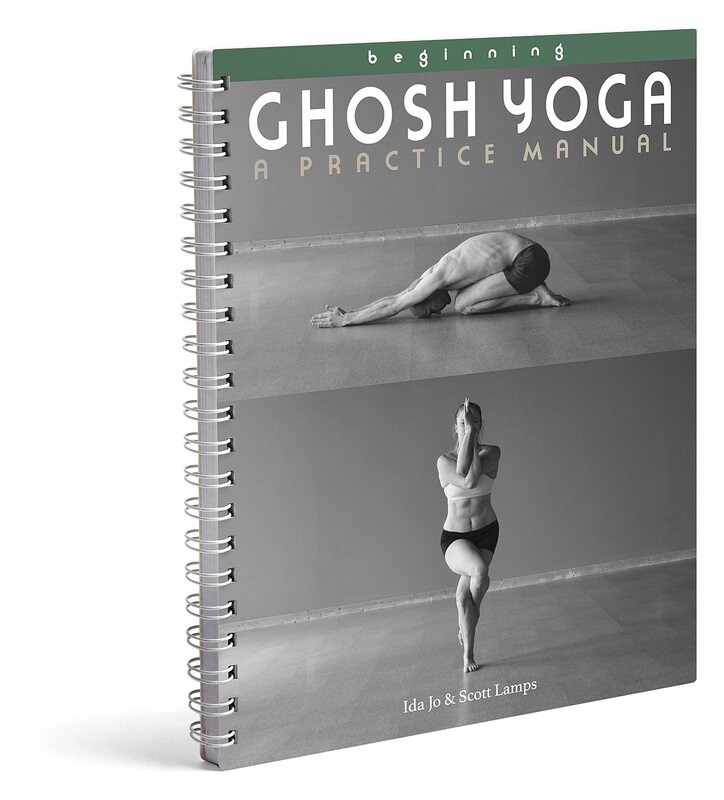
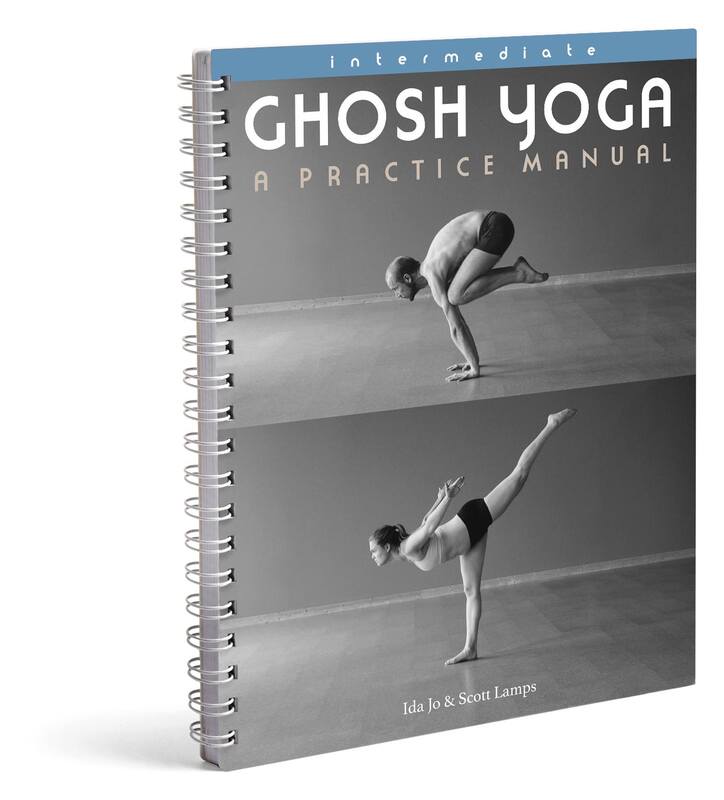
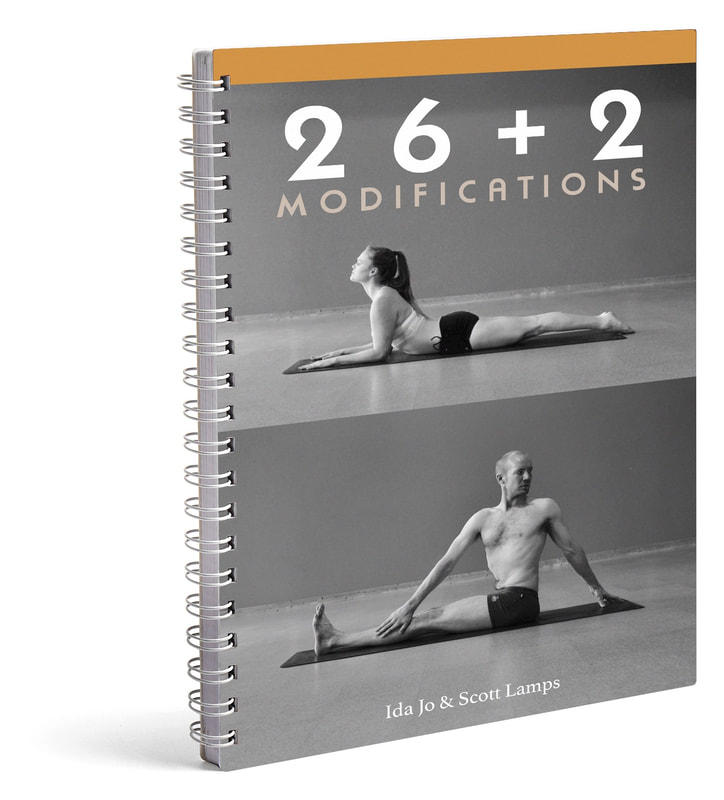
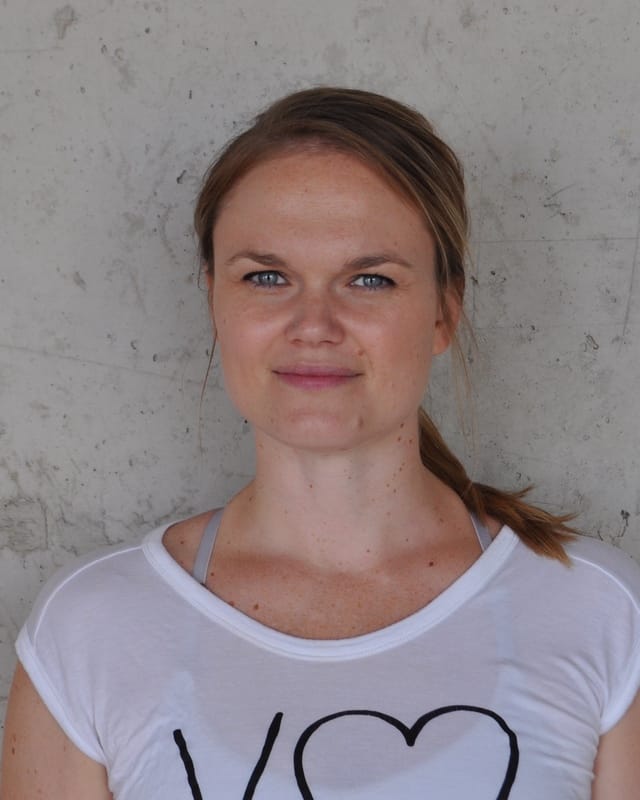
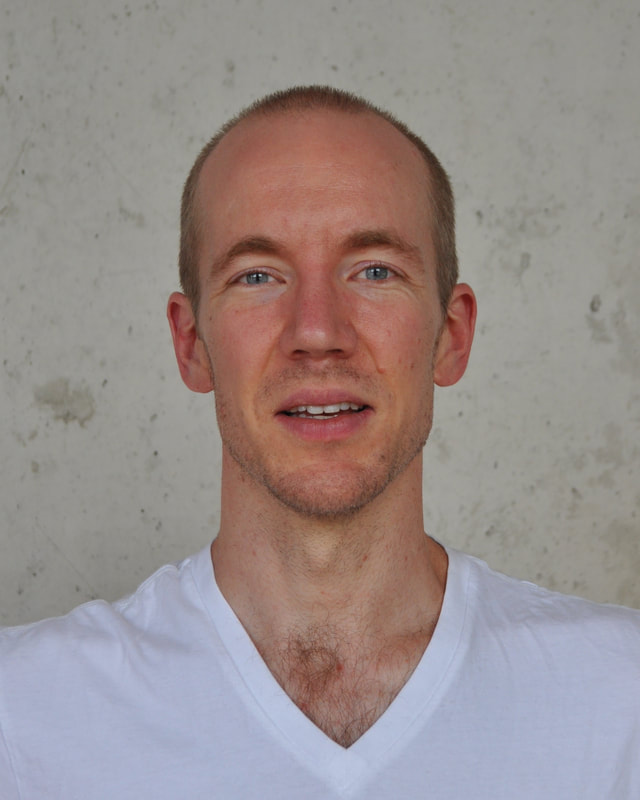
 RSS Feed
RSS Feed